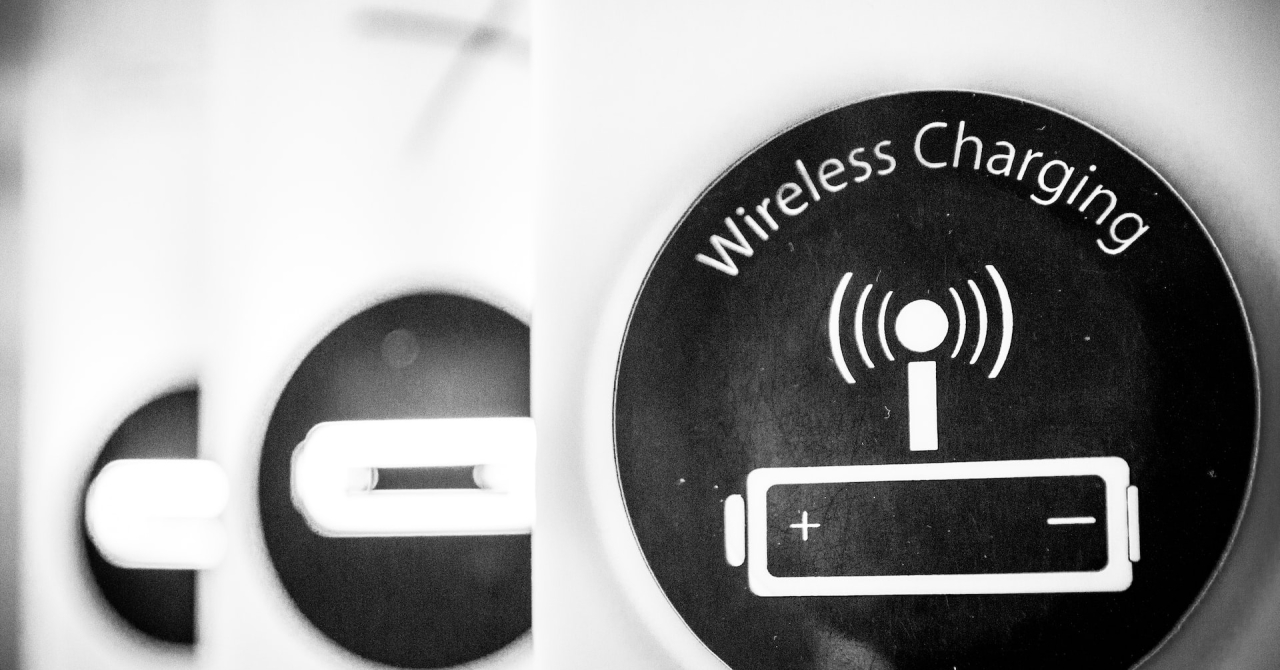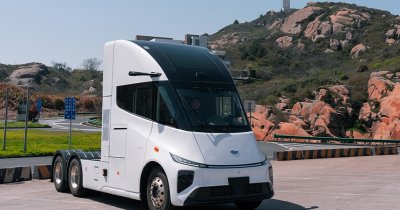According to Euronews.green, Yujing Liu, professor of electric power engineering at Chalmers University of Technology in Gothenburg explains that "you can have a system built into the wharf that charges the ferry at some stops while passengers get on and off."
One of the innovations that makes this possible is new copper wires that are as thin as human hair, which allow for the necessary high power to be delivered wire-free.
Silicon carbide is the other component that allows the delivery of the electricity, as it allows for higher power output and are resistant to higher temperatures, says professor Liu.
"Previous systems for vehicle wireless charging have used frequencies of around 20 kHz, much like a normal stove top. They became bulky and the energy transfer wasn’t very efficient. Now we work with frequencies that are four times higher. Suddenly, induction becomes attractive", explains the scientist.
Stellantis also tested wireless charging for electric cars last year on special battery-powered Fiat 500 models, while Siemens and Mahle are collaborating with regards to standardizing EV wireless charging.
While EV wired charging won't go anywhere, due to the fact that it is faster and more reliable, it is important to note that wireless charging can help with regards to machines that are continuously moving around, such as buses, vans or trucks. These can be juiced up constantly while pulling up to stops or while sitting still at stoplights, reducing battery anxiety.
 Mihai - Cristian Ioniță
Mihai - Cristian Ioniță












Any thoughts?